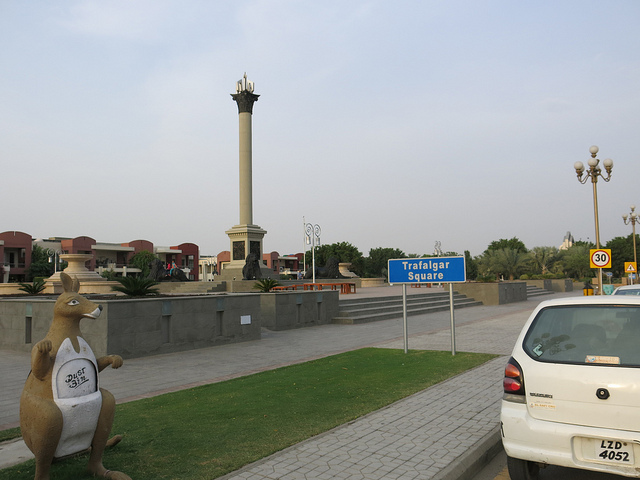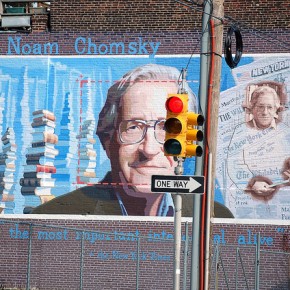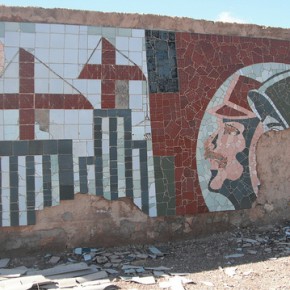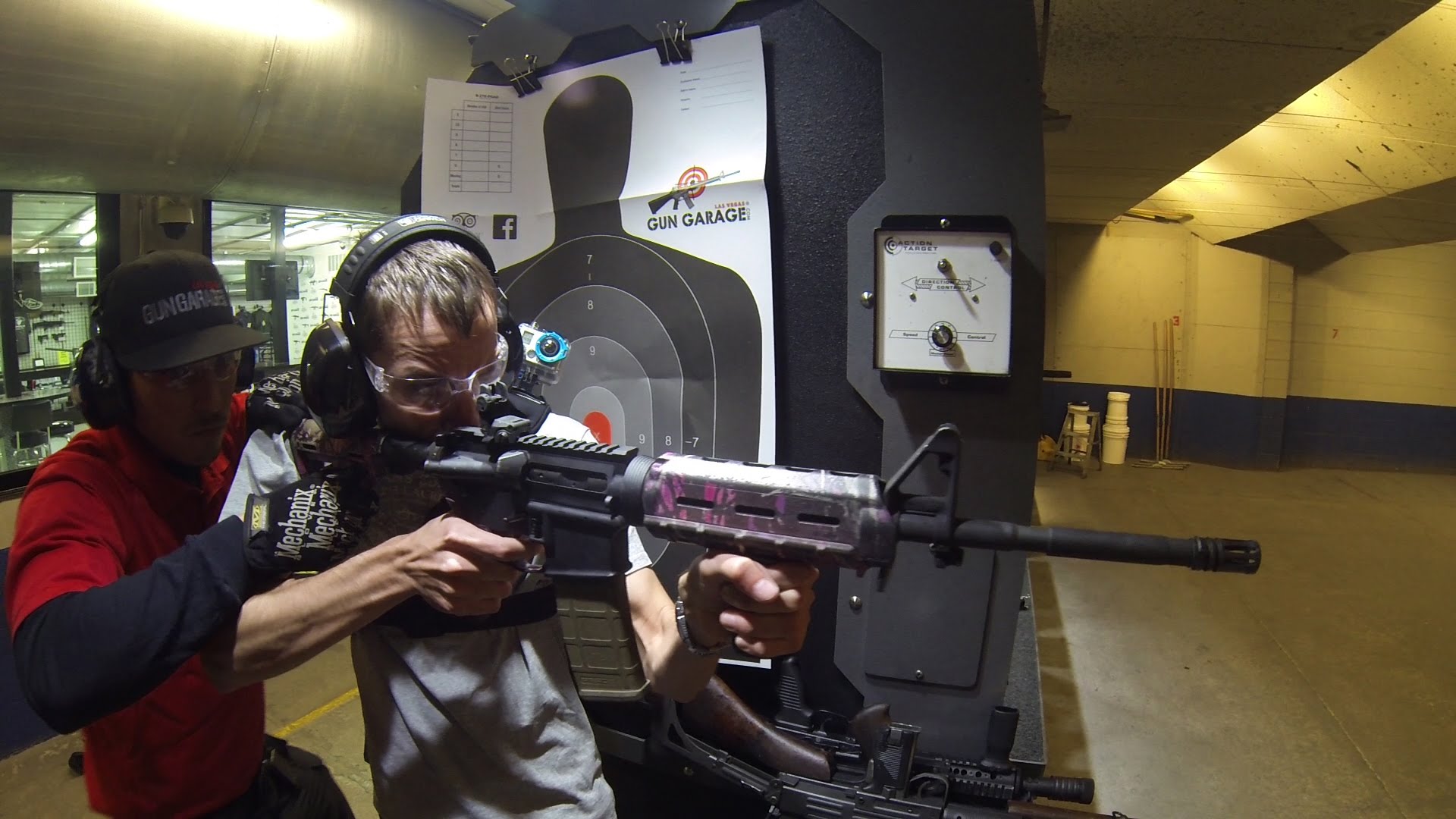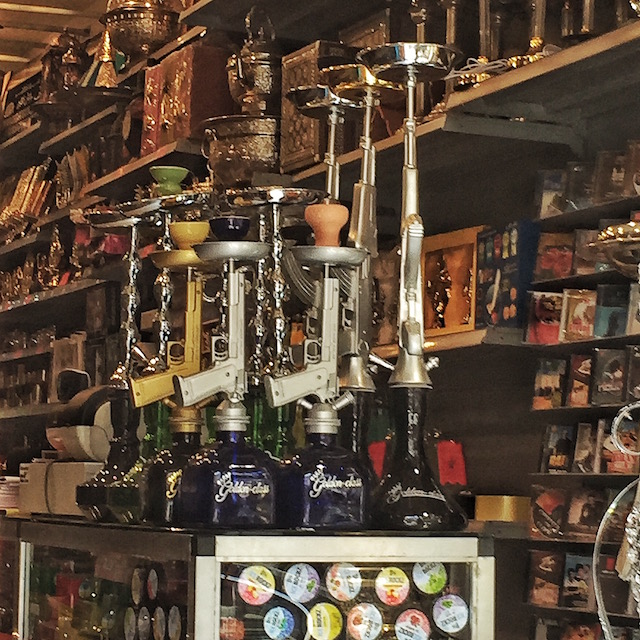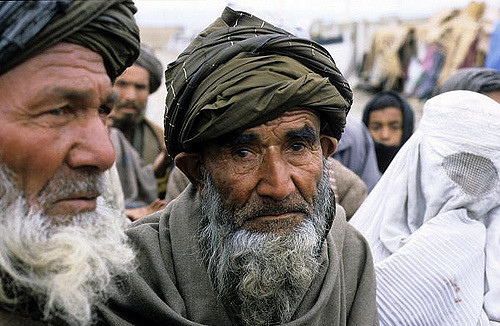Bahria Town in Lahore is the tackiest place I’ve been to in Pakistan, with the possible exception of the resort town in Murree. It wasn’t necessarily bad for it, especially since the infrastructure clearly made Bahria Town a great place to live. However, it was irritating, as the child of formerly working-class parents, to see the absurd machinations of people with no idea how to spend their money.
Bahria Town is part of a wider problem in Pakistan, which is that rather than investing in the common good, its upper classes have turned inwards. My frustration was partly born out of jealousy. After all, these communities, despite their ugliness, are centrally planned, and go out of their way to provide goods and services to their residents.
They are tiny islands of an alternative Pakistani reality within the current one, and if it were ecologically sound, the entire country would have similarities to this place. It still can. Not the tackiness, obviously, but the administration. It is a well-kept secret that Pakistan is only a failed state if you’re poor.

That isn’t all, though. The way that gated communities like Bahria Town seem to collect “exotic” architectural styles from the world around them actually seems very British in its scope. The lead photograph for this piece shows a scale model of Trafalgar Square that makes it perfectly clear.
How are we supposed to think about this? Are decorations like this simply a result of being wealthy and having no taste? Maybe not. After all, the desire to ausentaciously display your wealth does get channeled through advertising campaigns and local attitudes that see the West as better. Closer proximity to the West is what elites desire, in the end, and building Trafalgar Square makes total sense to achieve that.
Furthermore, appropriating the aesthetic preferences of elites in Britain and the United States can be very tempting, here as much as the Gulf monarchies. This can be very subtle, such as with the “Seven Wonders of the World” theme for the town that is actually just an export of the Western imperial gaze. It finds a willing audience, with agency of its own, but it isn’t difficult to figure out who first thought it was a good idea to have rows of miniature Sphinxes.

All this, of course, occurs against the backdrop of nameless workers who are building Bahria Town, but are pushed further and further away as the years go on. The deterioriating security situation has kicked Lahore’s housing crisis into overdrive, as residents from cities like Karachi flee a descent into prolongued upheaval. Affordable housing is increasingly rare, and poorer residents who do get access are forced to side with domineering elites in their own ethnic communities to make it happen.

As tensions in Pakistan continue to mount, it seems clear that places like Bahria Town will be flashpoints of rhetorical contention. However, the entire benefit of living out here is that you don’t have to deal with such events. Social disorder is an unpleasant feature of the urban landscape, and Bahria Town is suburban enough that all those conflicts seem very far away. That cannot last forever. After all, Bahria Town is as much Pakistan as the poorest areas of Peshawar. Its residents may be jolted into remembering that sooner rather than later.
Photographs courtesy of the author.
